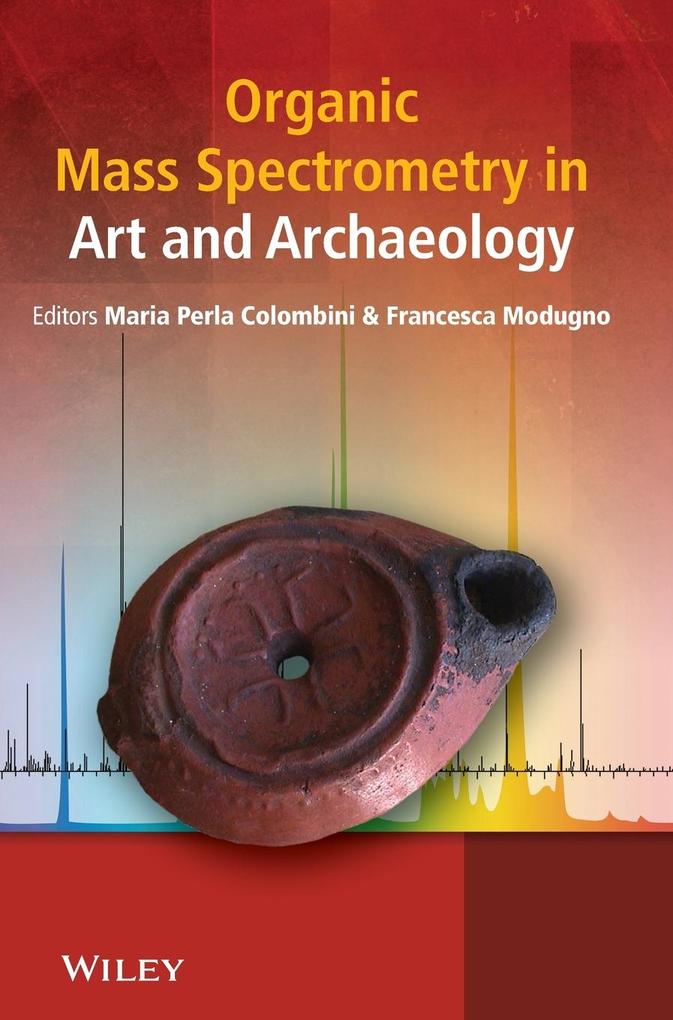Chemical and physical analytical methods that are used to study art materials and archaeological objects have shown that such scientific investigation is an essential tool for acquiring information on the materials that make up these objects and for assessing their decay. Organic Mass Spectrometry in Art and Archaeology provides an overview of the analysis of art and archaeological materials, presenting the fundamental principles along with procedures and various mass spectrometric techniques used, including LC/MS, GC/MS, Tof-SIMS and compound-specific stable isotope analysis.
Included within this text, from an international group of contributors, are:
- Case studies and examples illustrating how techniques can be used to reveal the history of objects, including how they were produced
- Didactic examples of the analytical results of real samples
- A comprehensive and relevant bibliography
Edited by world-wide respected specialists with extensive experience of the GC/MS analysis of art objects, this text will provide a useful source of information to scientists, researchers, students, archaeologists, art historians and museum conservators and anyone with an interest in art conservation and restoration.
Inhaltsverzeichnis
List of Contributors vii
Acknowledgements ix
Preface xi
Part I Introduction 1
1 Organic Materials in Art and Archaeology 3
Maria Perla Colombini and Francesca Modugno
2 Overview of Mass Spectrometric Based Techniques Applied in the Cultural Heritage Field 37
Gianluca Giorgi
Part II Direct Mass Spectrometric Analysis 75
3 Direct Mass Spectrometric Techniques: Versatile Tools to Characterise Resinous Materials 77
Erika Ribechini
4 Direct Mass Spectrometry to Characterise Wax and Lipid Materials 97
Martine Regert
5 GALDI-MS Applied to Characterise Natural Varnishes and Binders 131
Patrick Dietemann and Christoph Herm
6 MALDI-MS Applied to the Analysis of Protein Paint Binders 165
Stepanka Kuckova, Radovan Hynek and Milan Kodicek
Part III Gas Chromatography/mass Spectrometry 189
7 GC/MS in the Characterization of Lipids 191
Maria Perla Colombini, Francesca Modugno and Erika Ribechini
8 GC/MS in the Characterisation of Resinous Materials 215
Francesca Modugno and Erika Ribechini
9 GC/MS in the Characterisation of Protein Paint Binders 237
Maria Perla Colombini and Gwé naë lle Gautier
10 SPME/GC-MS in the Characterisation of Terpenic Resins 261
Jean Bleton and Alain Tchapla
11 Py-GC/MS of Organic Paint Binders 303
Ilaria Bonaduce and Alessia Andreotti
12 Py-GC/MS of Natural and Synthetic Resins 327
Dominique Scalarone and Oscar Chiantore
Part IV Liquid Chromatography/mass Spectrometry 363
13 Characterization of Organic Natural Dyes by Electrospray Mass Spectrometry Coupled with HPLC and/or Capillary Electrophoresis 365
Katarzyna Lech, Katarzyna Pö e -Pawlak and Maciej Jarosz
Part V other MS-based Techniques 389
14 Compound-specific Stable Isotopes in Organic Residue Analysis in Archaeology 391
Richard P. Evershed
15 ToF-SIMS Study of Organic Materials in Cultural Heritage: Identification and Chemical Imaging 433
Vincent Mazel and Pascale Richardin
16 Accelerator Mass Spectrometry for 14C Dating 459
Mariaelena Fedi
Index 483
